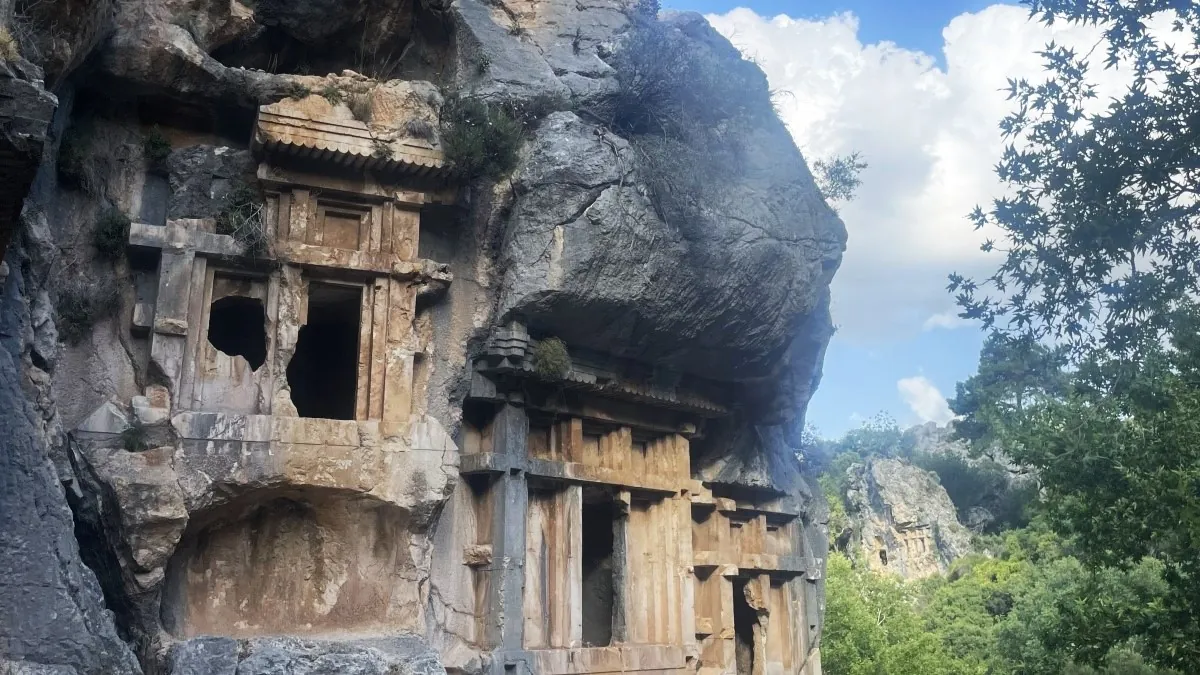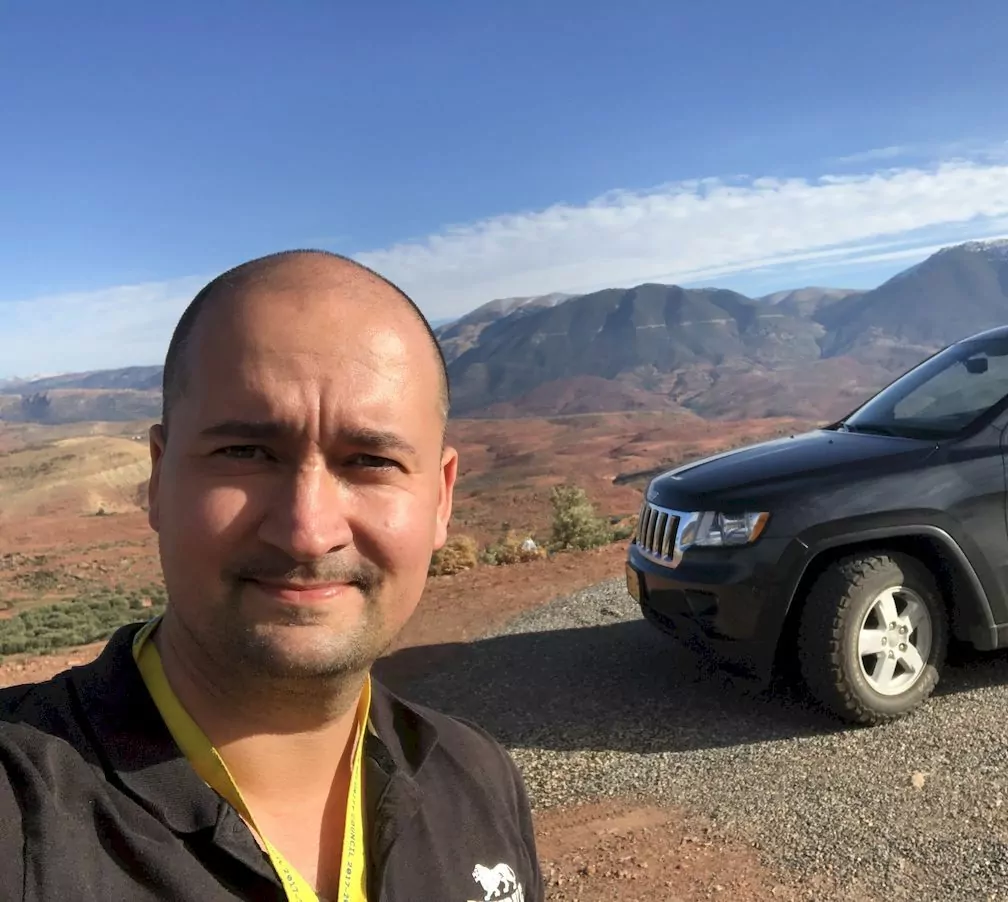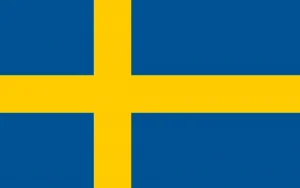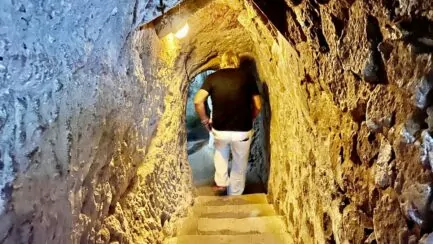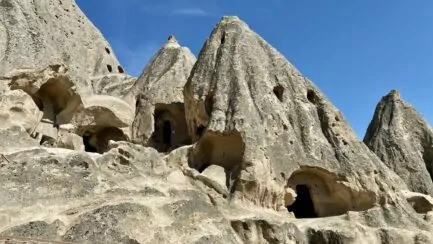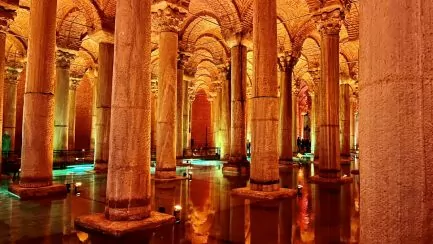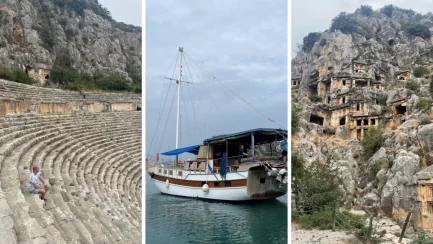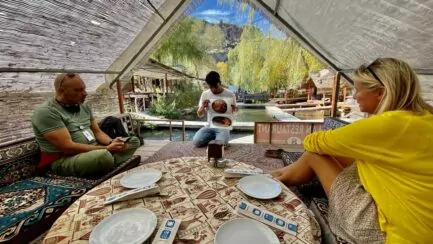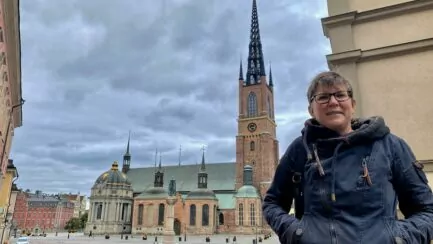Table of contents
Guest writer: Jonathan Gharbi de Maré
After travelling around and seeing several historical sites in the Antalya region, I thought I had seen it all. I was really impressed by how well preserved the sites are despite around 2000 years of weather, wine and earthquakes. But even though we visited several ancient cities and amphitheatres, the ruined city of Pinara was something that stunned the whole company. This is an experience not to be missed.
Pinara, an almost forgotten historical site where you wander alone among majestic ruins
Pinara is about 200 kilometres from Antalya but only 80 kilometres from Kas where many go diving. It is a beautiful road about 15 kilometres into the mountains from the Mediterranean coast.

The road up to Pinara was for a long time a temporary dirt road that was often not passable after heavy rain. It did not attract many tourists as even the guides thought the road was difficult and poorly suited to the more comfortable visitors. But since two years ago there is a real road and slowly but surely people are starting to find their way here.


You can search for Pinara Antik Kenti you can find it on the map if you drive yourself. Notice that there are only 500 reviews on google, it's very little considering what a cool place it is. Once at the foot of the mountains that the ruined city is located at, you are met by a small shed where there is a tea-drinking guard at the car park.


This should be a major tourist centre so it is surprising how a great historical masterpiece hardly gets any attention. Some days there are hardly any visitors and when we visited Pinara we could walk around ourselves, which felt absolutely magical. The coolest thing is the huge rock wall where perhaps up to a hundred tombs are carved into the bare rock wall. How they came up and could carve them out is still a mystery today.
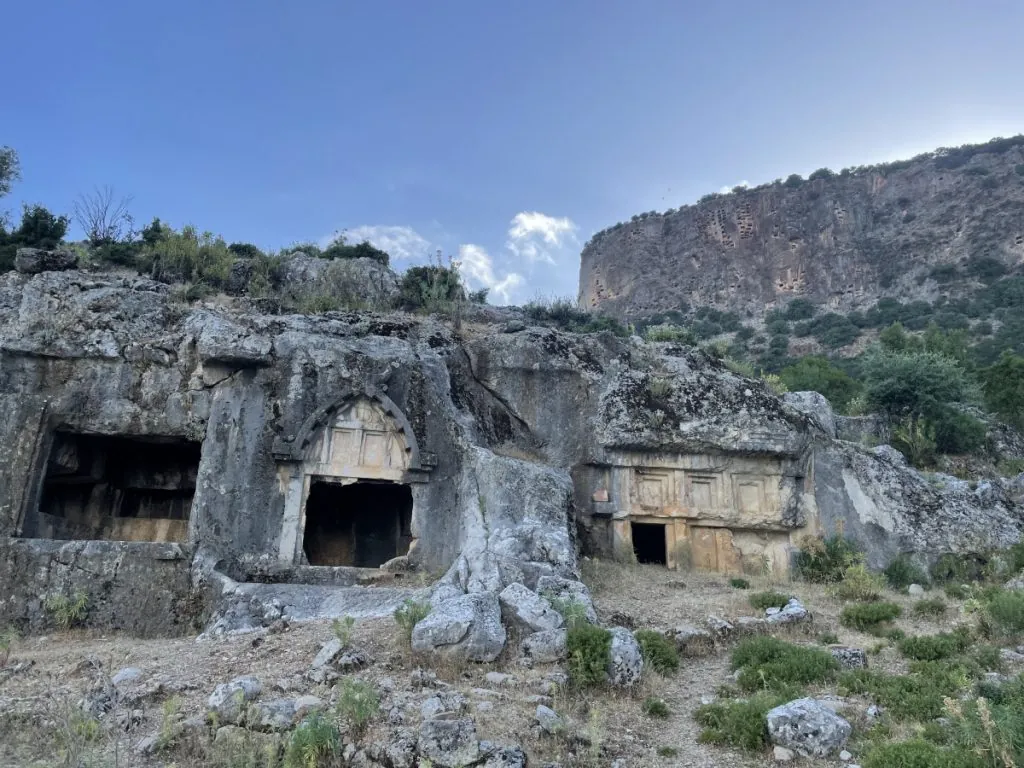
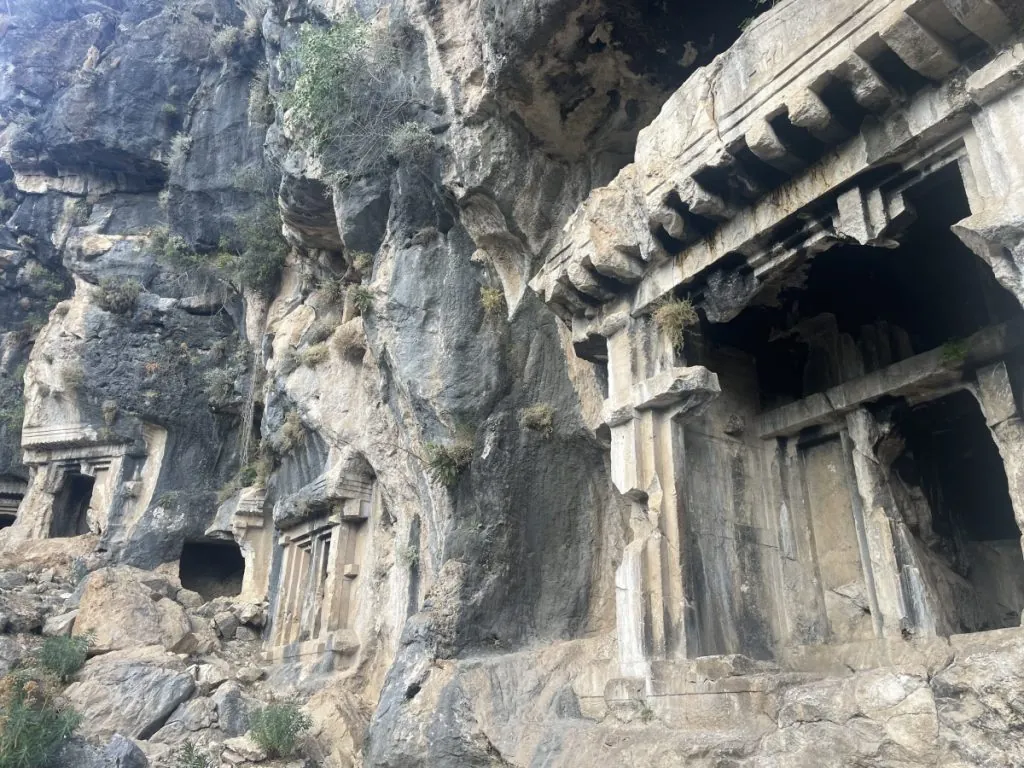
The guide had put this as the last stop after three days of intense touring and it felt like Pinara beat all other experiences by leaps and bounds. It was not only the ruins and the countless rock tombs but also the atmosphere of the area with the lush forest areas between everything that created a special atmosphere.


But it felt like there was something more than that that contributed to the special feeling and it's hard to put it into words but if you visit you will understand. The knowledge that the archaeologists have not yet had time to search the area properly and that you still find objects that are washed out after heavy rains did not make things worse. Here you wander around what was once a living city 2000 years ago.
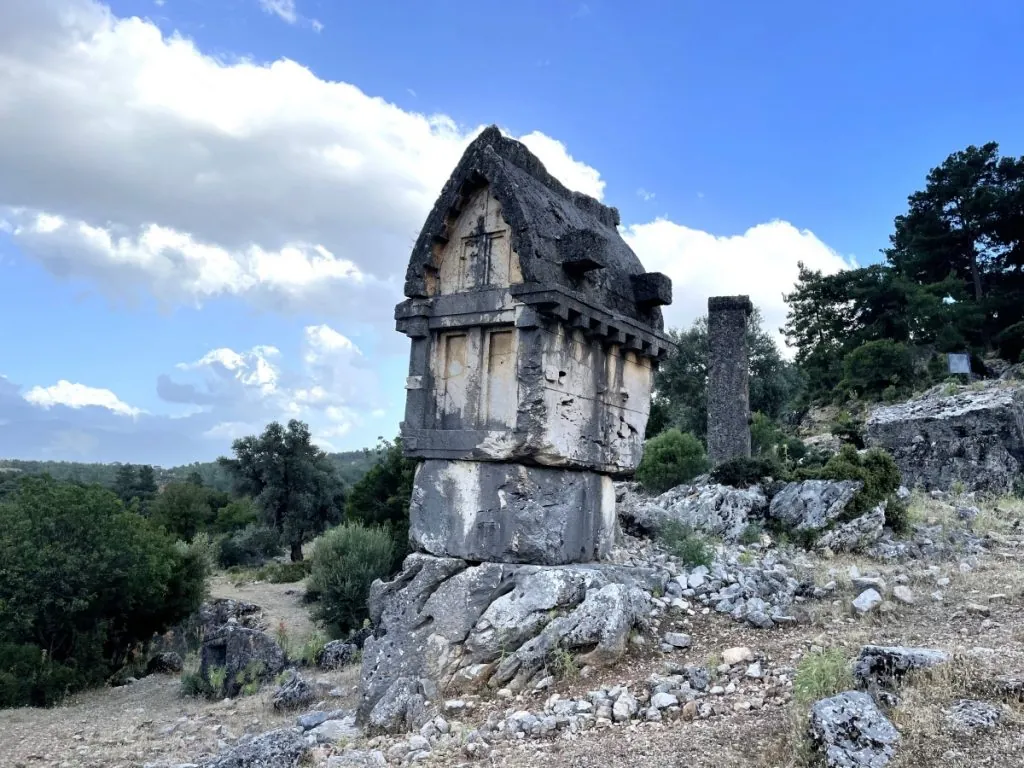
Lycian Empire, Greek mythology and the Trojan War
Lycia, or the Lycian Empire, existed in what is now Turkey from the Bronze Age until the 7th century. The Greek gods were worshipped there and their story is still told today. There are many temples and buildings dedicated to them. But it was also a cradle of Christianity as mentioned earlier where St Nicholas worked around the ancient city of Myra.
In Pinara, the warrior Pandarus, mentioned in Homer's Iliad, was worshipped in the Trojan Wars. Troy is located in what is now Turkey. Pandarus is mentioned as the one who fought against the Greeks and Athena in the Trojan War, which took place around a thousand years before our era. Yes, there is a lot to dig into and it is a good tip to read up on Greek mythology beforehand so the stories become more understandable.
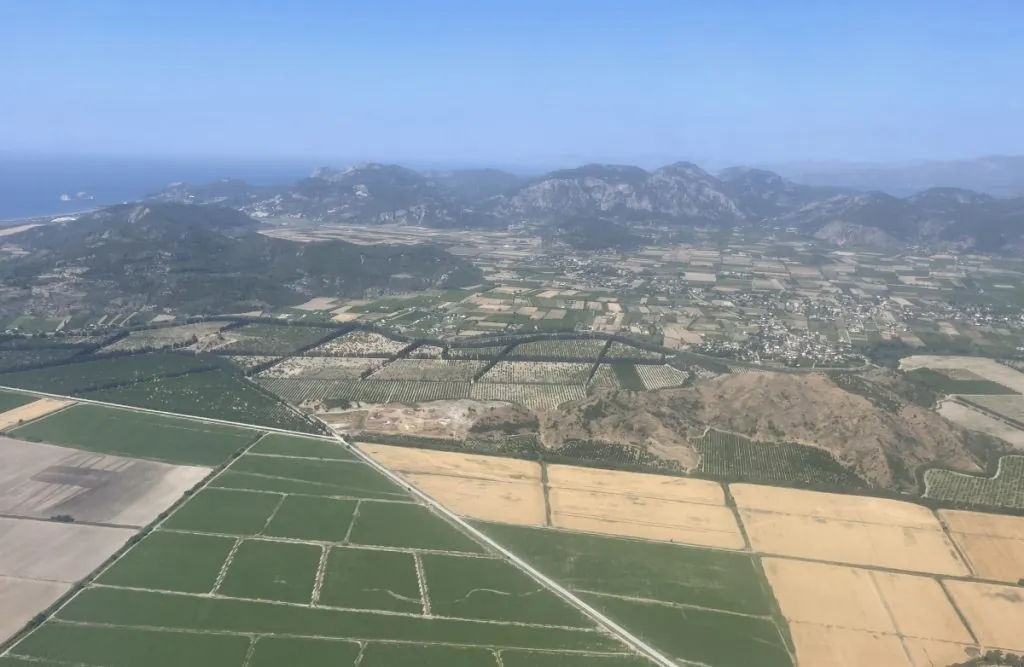
Ceramics and memorabilia from Turkey to fill your suitcase
My suggestion is that you put the visit of Pinara as the last activity on your trip and then go back to Antalya or the place you are travelling from. Then there is only the shopping left before you travel home. Of course, you always travel with room for 5-10 kilos of souvenirs when you are travelling. If not, make sure you have it when you visit Antalya. There are so many beautiful ceramics, fabrics and much more that are also very cheap.

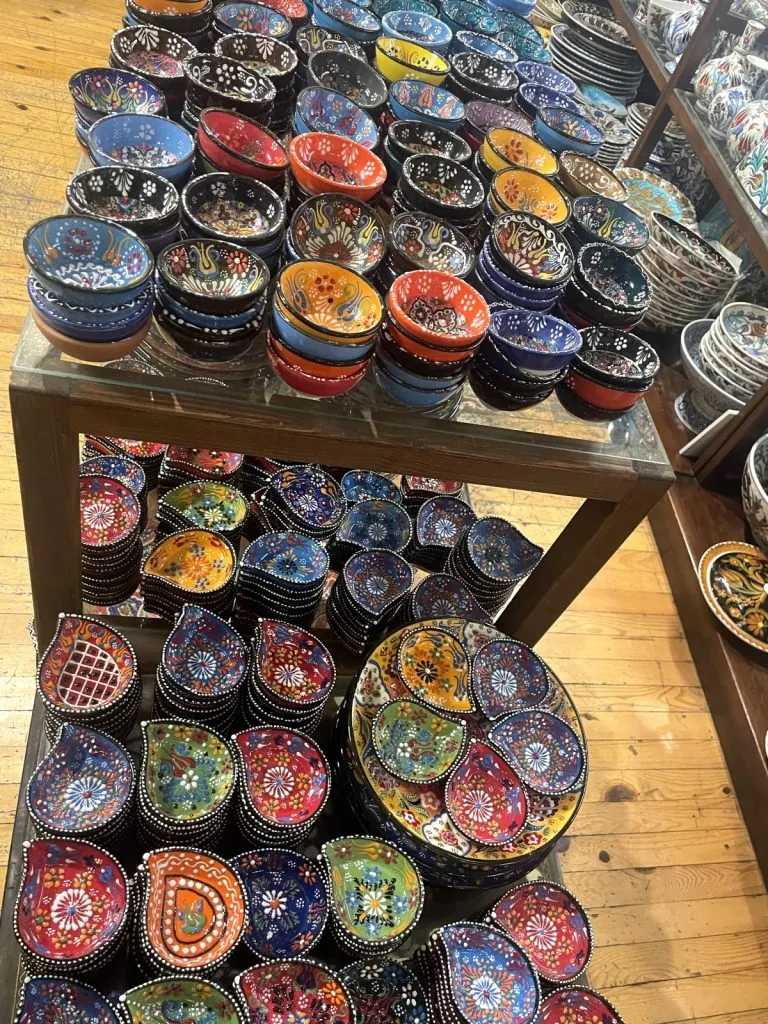
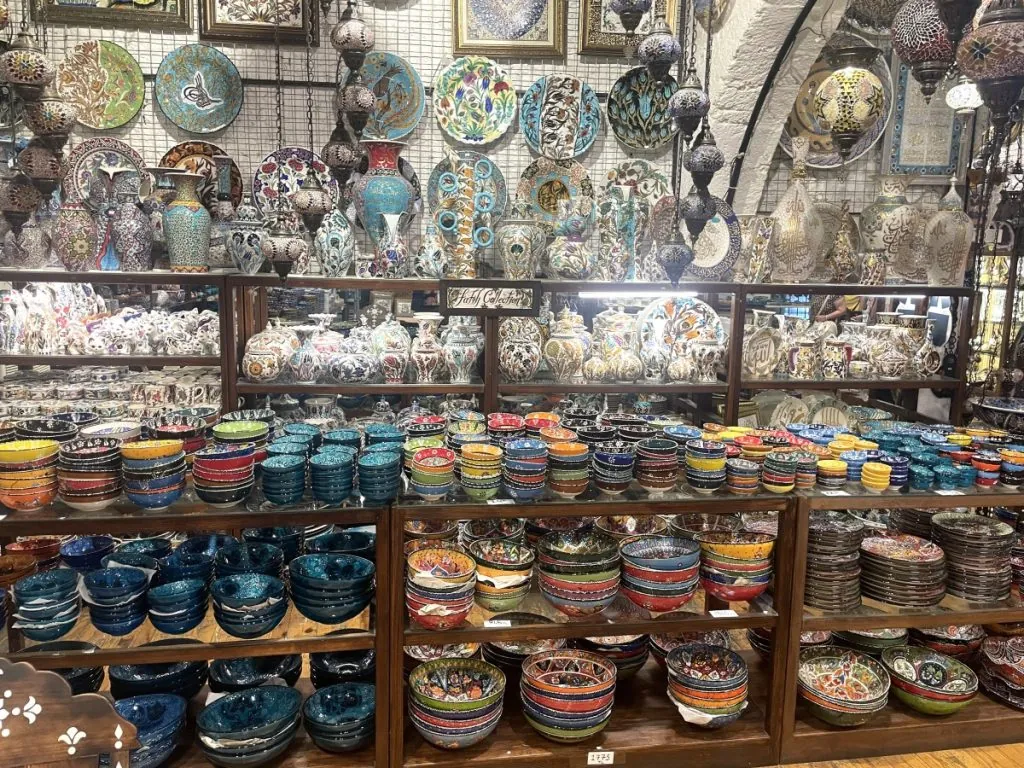
If you also take the opportunity to buy it in the smaller cities, you can easily round off the prices downwards by 10-15 % and do not have to haggle as much as in the larger cities. I bought both bowls and hammam bath towels but also spices and a few bottles of Turkish wine.
They have several grapes but one grape that is common and from which they make good wine is sauvignon blanc which has a high acidity and outside France often has some tropical notes of passion or grapefruit.

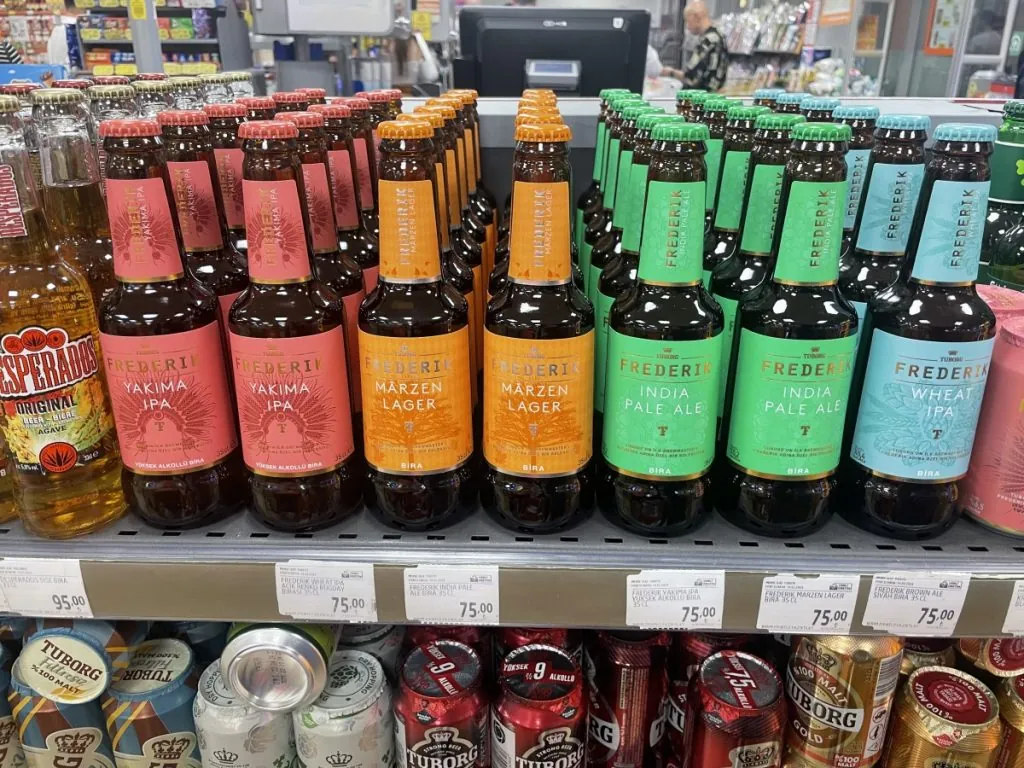
The wine was enjoyed at home in the kitchen with some Turkish olives and cheese served in Turkish colourful bowls. The memory of the visit to Pinara is still the strongest memory from the region even though we both dived, hiked, tried rafting and climbing in fantastic environments. My two final tips for travelling to Antalya are - don't miss Pinara and make sure you have plenty of space in your suitcase.



